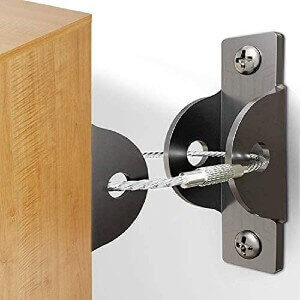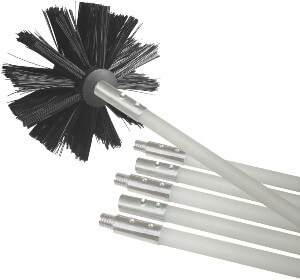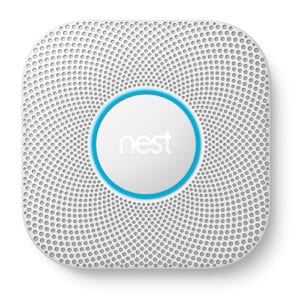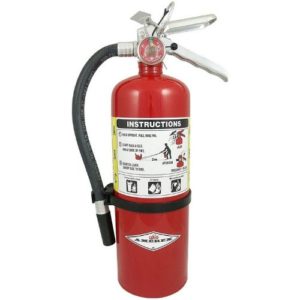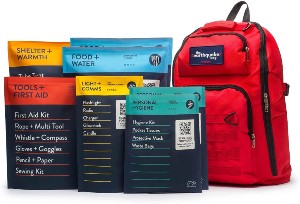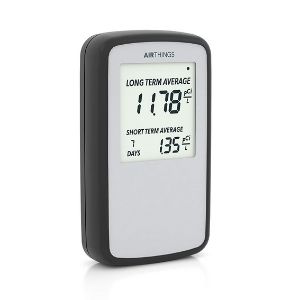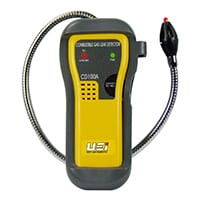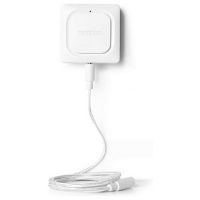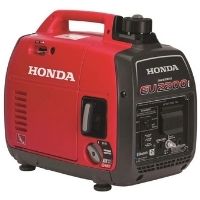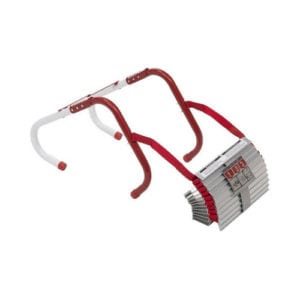Nothing beats a hot shower or easy access to water that’s warm enough to clean our dishes and clothes—but these luxuries come with some measure of risk.
Nearly every hot water heater risk is a result of poor venting or excessive pressure buildup. Poorly connected vents can lead to carbon monoxide and natural gas leaks, which is a huge risk to your pets and family. Make sure vents are the same diameter as the draft diverters that leave the tank, and look for vents that go up and out of the tank, never down. Direct vents should go straight out a side wall.
Every water heater has a pressure/temperature relief valve to help prevent an explosion. If your water heater gets too hot, or too much pressure builds up, it could explode, damaging your home and creating a huge risk of fire and gas and carbon monoxide poisoning. In the next section, we explain how to find and test the pressure valve.
Ensure that vents are securely fixed by using at least three screws for sections that are crimped and connected to one another. If you have concerns about natural gas leaks, you can perform a quick gas safety check.
Use a gas leak detector for best results. In a pinch, smell for the scent of gas and examine the flame in the pilot light. It should be mostly blue. If there is too much orange, it’s a sign that there may be a gas leak. To protect your family against carbon monoxide leaks, the best thing to do is install a carbon monoxide detector.
To stay safe from excessive temperature and pressure, you should test the relief valve at least once per year. Typically, all you have to do is pull up the handle on the valve. Water should freely flow when the valve is open and promptly stop when you close it. If no water comes out, water won’t stop running, or you notice drips, the valve probably needs to be replaced.
